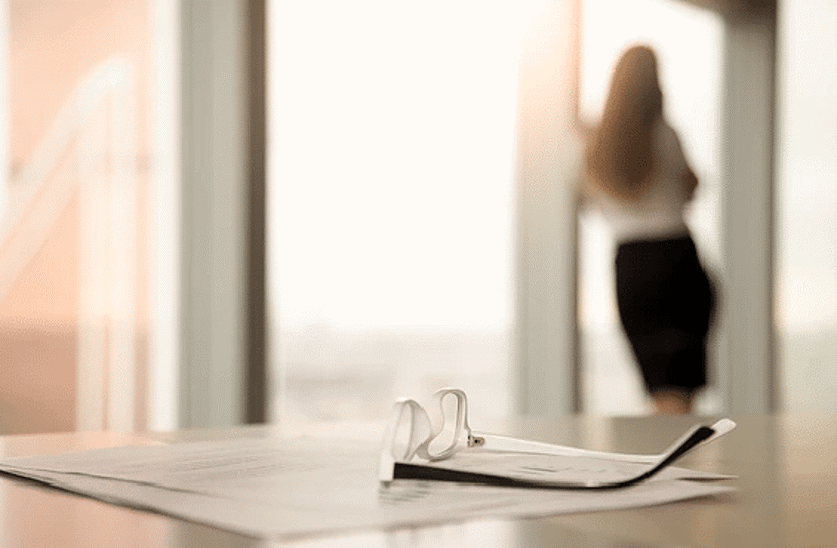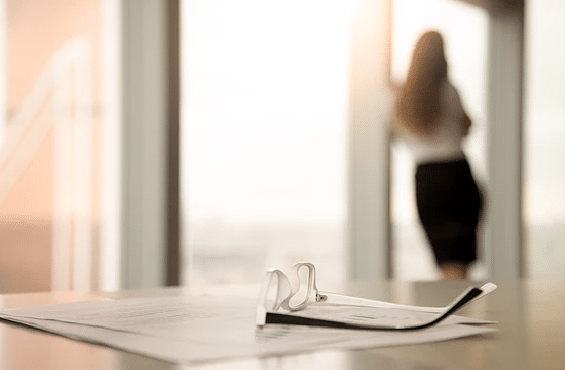How do I treat hyperopia?
Hyperopia is commonly known as longsightedness. It can be an inherited condition. Hyperopia occurs because the cornea (the clear part at the front of the eye) is too flat, or your eye is shorter than average. This means that the light rays are being focused behind the retina instead of on it, which means you’re able to see distance objects but those closer to you can become blurred. Hyperopia affects people of all ages, including young children and babies.
It is important that all pre-school children are tested for visual problems, including hyperopia. Many children and young patients with hyperopia are able to focus at near distance, due to their eyes being stronger. Depending on the degree of hyperopia, it can cause other symptoms. These usually range from strained eyes using a computer or general reading, to headaches or blurred associated with near work. Sometimes distance vision can be a strain, particularly if driving for a length of time, or watching TV.

Treating hyperopia with glasses
The glasses are tailored specifically to your required prescription. This will make sure the light is focused correctly on your retina, ensuring near objects are no longer blurry.
As this condition can worsen with age, you may find that the strength of your prescription increases as you get older. The weight and thickness of the lenses you need will depend on how severe your hyperopia is.
Treating hyperopia with contact lenses
Some people prefer this option, as they’re almost invisible and are great if you are involved in sport.
You can wear contact lenses on a daily basis (daily disposables) or disinfected before being reused.
These can be worn for longer periods of time. However, with reusable contact lenses, it is important to adhere to good lens hygiene in order to prevent eye infections from developing.
Related articles





